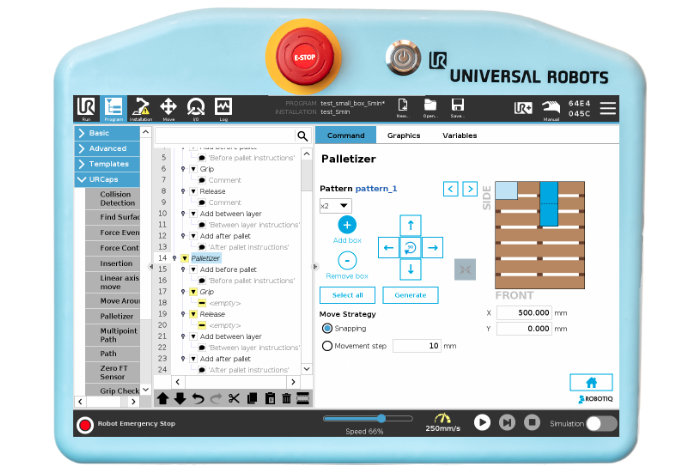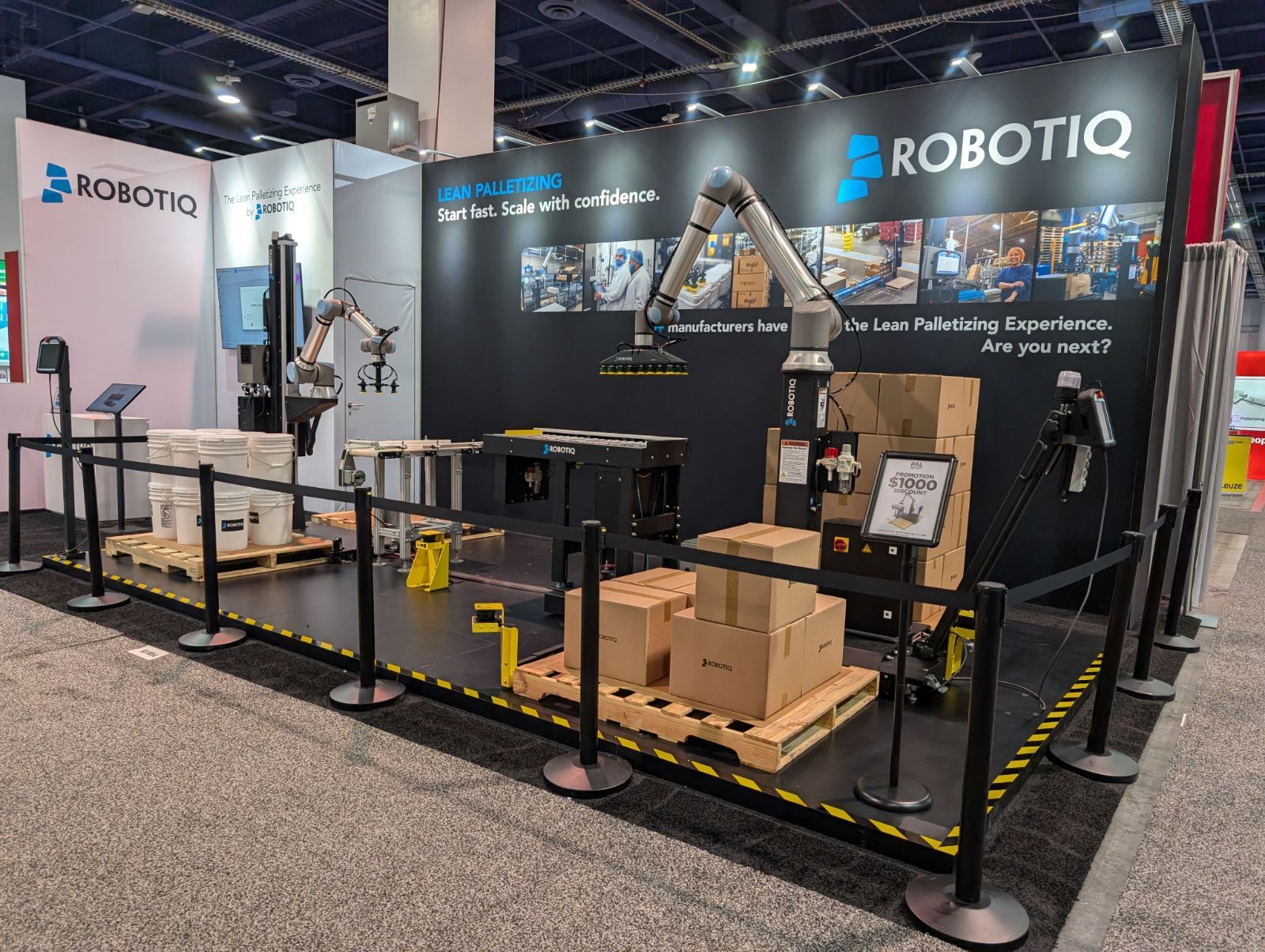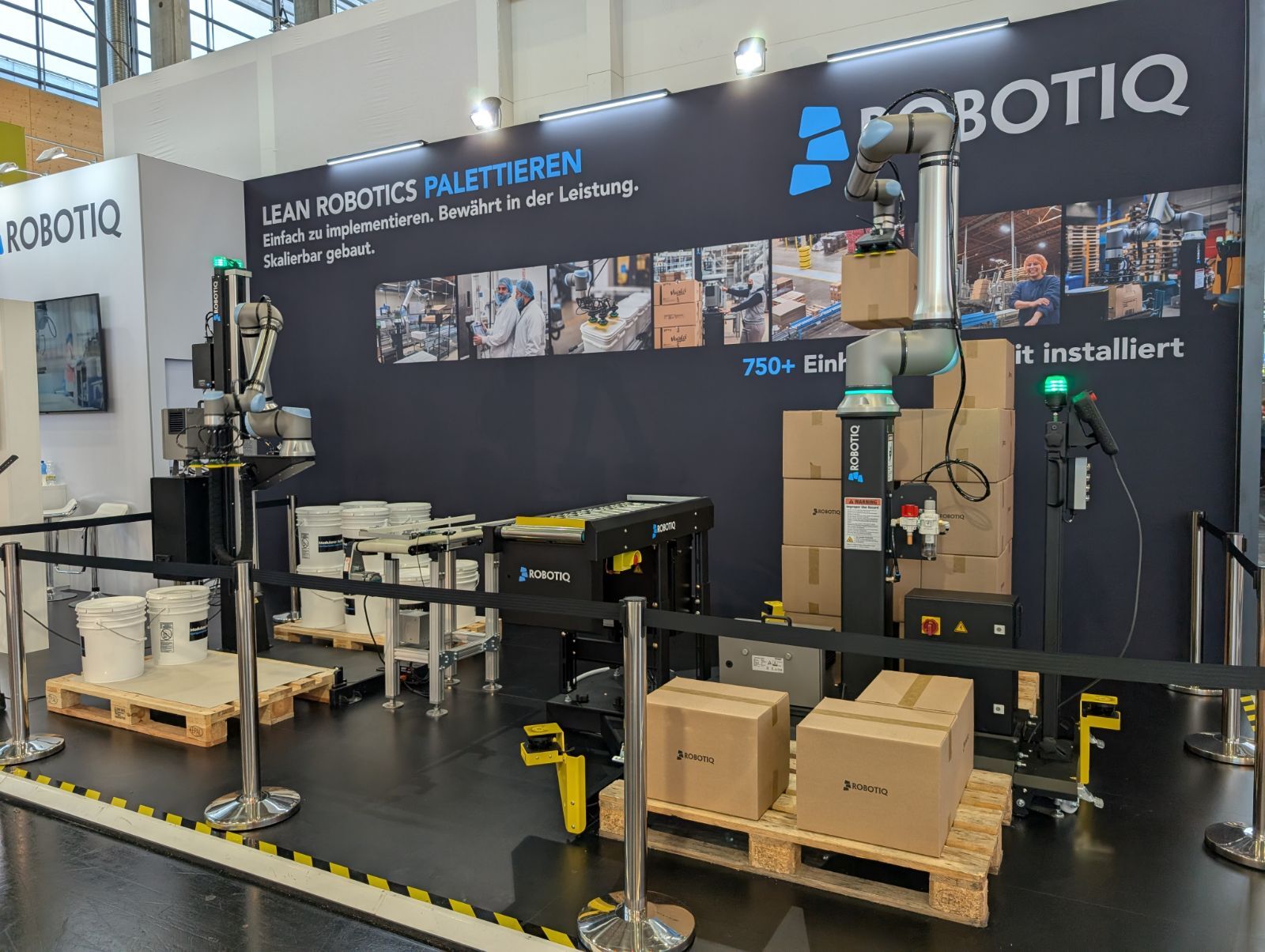What is the NIOSH Composite Lifting Index?

Posted on Jun 05, 2025 in Automation
2 min read time
Manual palletizing might look simple. But behind every lift is a set of forces, postures, and risks that add up fast, especially when done hundreds of times per shift.
That’s why the NIOSH Composite Lifting Index (CLI) exists. And if you’ve never heard of it before, it’s time to get familiar—because it could be the key to protecting your workforce and unlocking faster ROI from automation.
Let’s break it down.
What is the CLI?
The CLI is a tool developed by the National Institute for Occupational Safety and Health (NIOSH). It measures the ergonomic risk of manual lifting tasks in the workplace—specifically when a worker is lifting multiple objects, in different positions, at different frequencies.
In short, it answers this question:
Is this lift safe, or are you pushing your people too far?
The higher the CLI, the greater the risk of injury.

What the numbers mean
Here’s the simple rule of thumb:
- CLI ≤ 1.0 → Acceptable for most workers
- CLI > 1.0 → Increased risk
- CLI > 3.0 → High-risk, urgent need for redesign or automation
Now imagine this: One of your operators is palletizing 12 lb boxes, 700+ times per hour, with constant bending and reaching. That’s exactly the type of high-frequency, high-strain scenario where CLI spikes—and injury risk skyrockets.
Why should you care?
Because a CLI of 3.0 or higher doesn’t just mean someone might get hurt. It means someone likely will—and soon.
Injuries caused by overexertion and repetitive lifting are among the most common and costly workplace issues:
- $39,000+ average cost per back injury
- Lost workdays, lost output, rising insurance costs
- Turnover and recruitment challenges
.
Automation drops your CLI to zero
The most effective way to reduce your CLI? Eliminate the manual lift entirely.
That’s where cobot palletizing comes in. With a Robotiq system:
- You remove workers from the risk zone
- You eliminate ergonomic strain at the source
- You improve consistency, safety, and throughput
No lifting = no CLI = no injury risk.
And with Robotiq’s turnkey palletizing solutions, you can go from manual to automated in as little as 3 days—without facility redesign or weeks of downtime.
Bottom Line: Your Lifting Risk Has a Number
The Composite Lifting Index gives you a clear, data-backed way to evaluate risk. But you don’t need to become an ergonomics expert to act on it. If your team is still palletizing by hand, the CLI is likely already in the danger zone.
So don’t wait for the injury report.
💻 Join our ergonomics webinar with certified safety expert Carla Silver - register today!
📘 Need more details and statistics? Download our Ergonomics ebook, also by Carla Silver.





-1.jpg)

Leave a comment